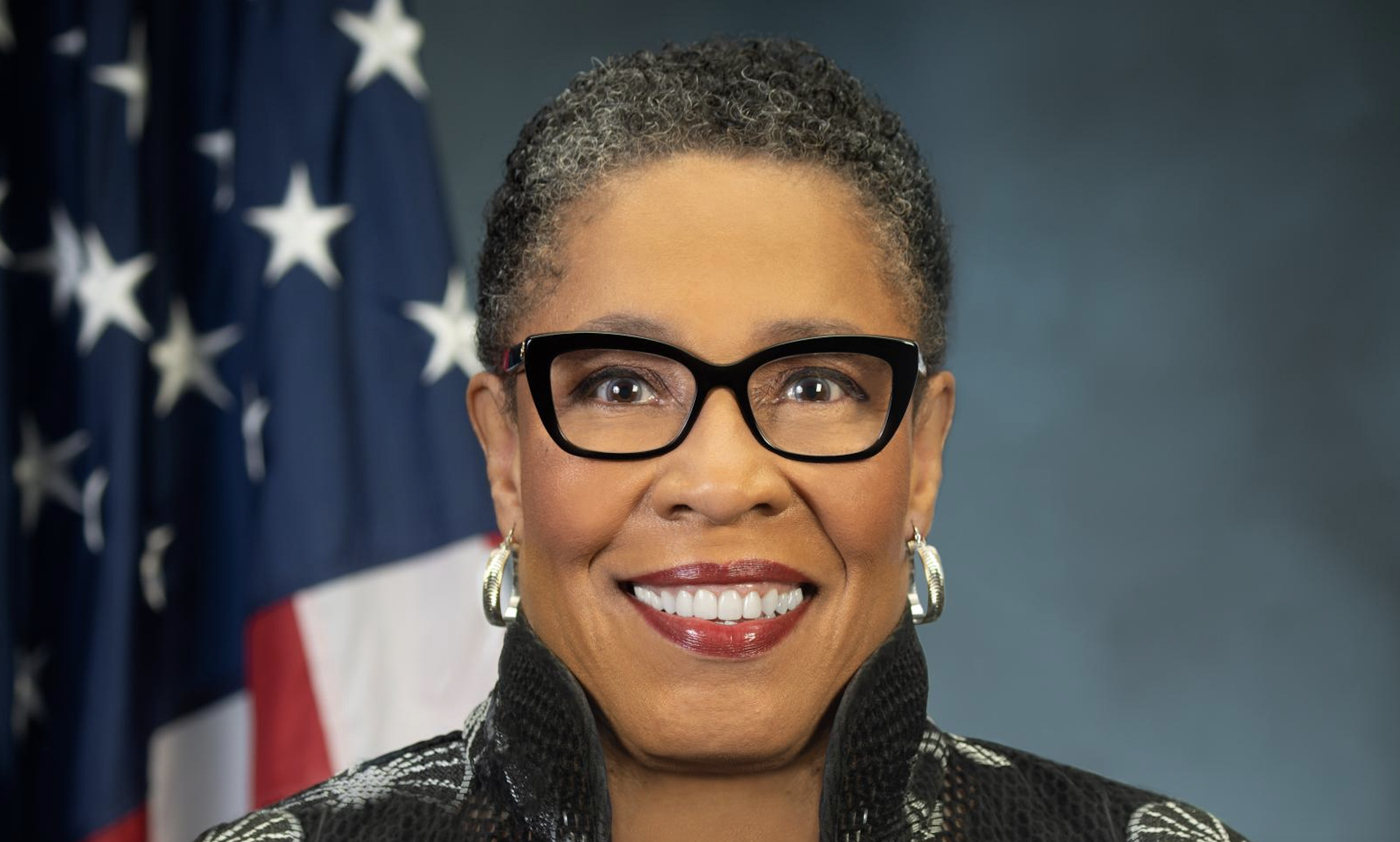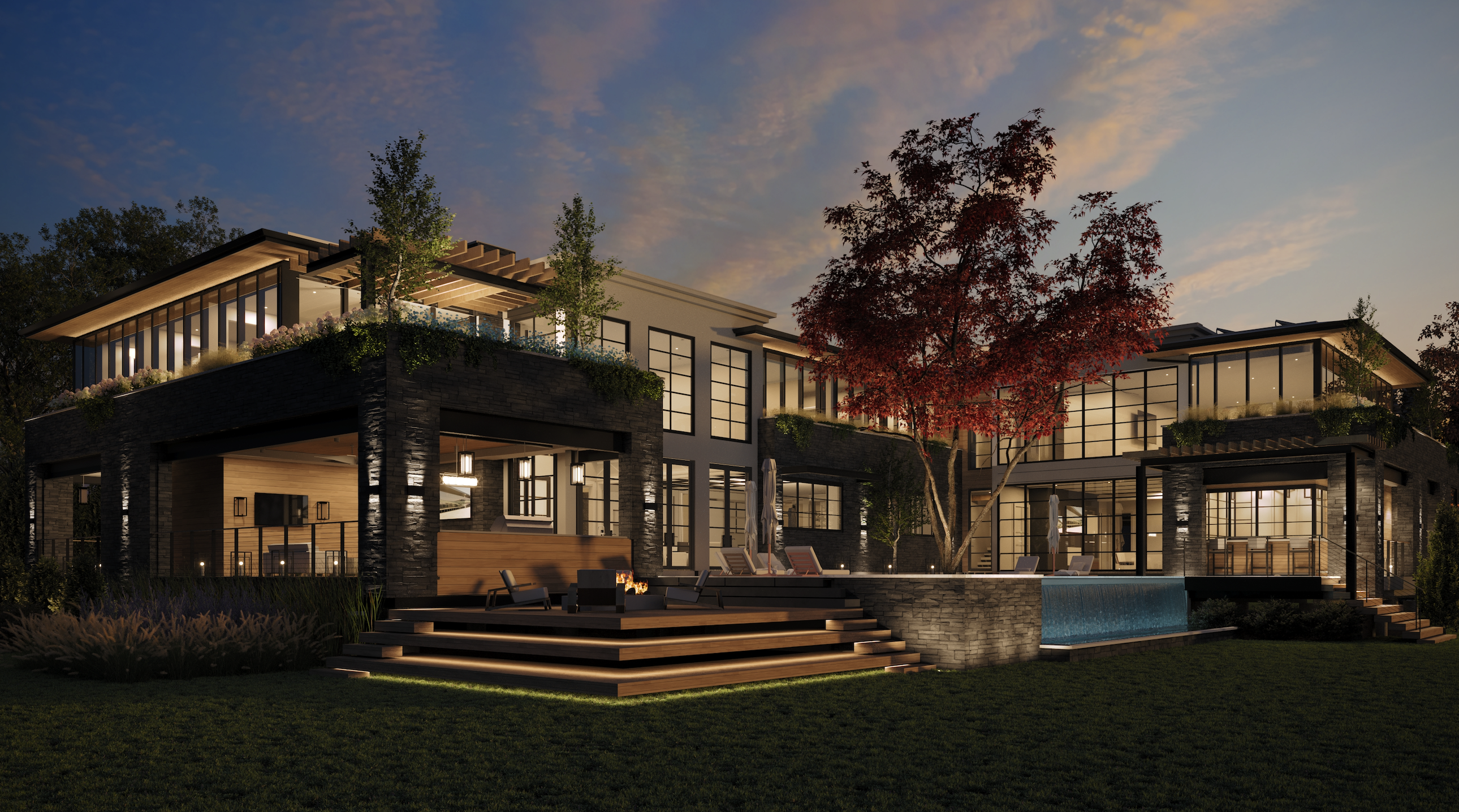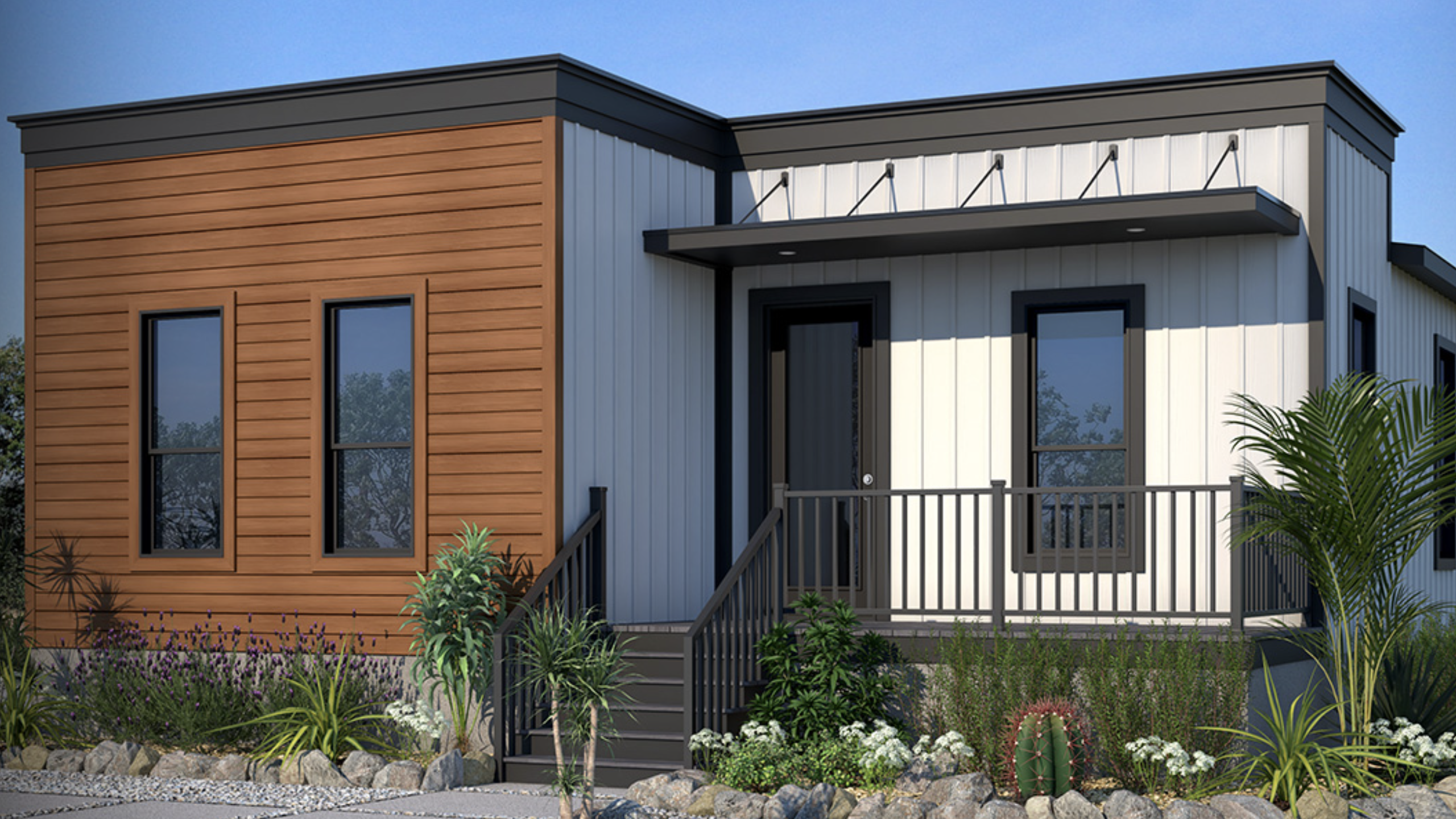Nexers: What's going to bring them into the communities and the homes we build? In interviews in the metro Washington area, we verified and expanded on much that we had learned earlier about three community formats - Main Street, Village, Enclave - that could address the way nexers think and how they want to live their lives. Participants broadened those insights by reflecting the influences of their own region.
#1: Main Street
The input from the Washington-area interviews was especially pertinent to the Main Street community concept we are exploring. This area already has - at Reston, Virginia - a town center developed on an historic small-town theme with retail, restaurants, and entertainment. Throughout our research, the Main Street community concept has been received with extraordinary enthusiasm. One of its primary attractions is that it offers a small, low-key community built around a Main Street center reminiscent of "quaint" European villages and the small towns of "America in the 1950s," where many nexers grew up.
This kind of setting suggests a relaxed lifestyle, which nexers see as a much welcomed contrast to the pressured and hectic life they live now. They particularly look forward to being able to forget their cars and to walk to the restaurants, coffee shops, bars, and convenience retail right within their own communities.
|
Rendering to illustrate the intended ambiance of the residential areas in the Main Street community concept.
|
"I thought of this as an Old Town [Alexandria] kind of place where you can go to a bar, have a drink, and walk back home. I would love that!"
In its early days, Reston was very much in this mode. Everything about the setting and ambience, these neighbors and users of the Reston center say, was just what they wanted: It captured all of the feeling of relaxation and retreat they were looking for. But that was then, they lament, but it isn't now.
Even though focus-group participants still appreciate many aspects of Reston today, a number of them are put off by the profusion of high-rise condominiums, huge office buildings, and even major corporate centers. They resent that these kinds of buildings are not only completely inconsistent with the ambience and the architectural vernacular of the Reston Town Center they love, but they also have generated all kinds of traffic problems and congestion:
The growth and change seen in Reston over the years has made at least some nexer prospects lose faith that any Main Street center could remain the kind of small and intimate experience they seek. Participants cited other communities in the area that started small, but are now overwhelming.
It is evident, even to the respondents, that a developer could not provide the kind of retail and entertainment center they want with the support of the residents of only one community. The Washington-area interviews stressed how important it is to carefully consider not only the location and the planning of the retail, but also its compatibility with the surrounding areas - both now and as they develop. Architects and planners also must help builders develop communities that fulfill the promise of the Main Street community concept without seeming "too contrived," or "too planned."
The first-blush reaction to the Main Street concept is often extravagant, even unequivocal. Certainly, nexers see it as a new and intriguing kind of lifestyle. But as the discussion develops, respondents begin considering less positive images of other planned communities. They start pondering the two The Stepford Wives movies and communities that are unbearably controlled. Some even remark, "This is so good, it's too good to be true."
|
Land plan was changed to show Main Street retail at the perimeter of the community rather than embedded, making it available to a larger customer base and a more viable concept for developers.
|
|
Use of natural materials for exterior surfaces right on for nexers. Great comment: "Natural, even if it's synthetic natural...anything but vinyl."
|
#2: Master-Planned Village
The D.C. interviews gave us an opportunity to learn more about the appeal of another concept - a nexer-oriented "Village" within a master-planned community. This concept was developed to provide an alternative to the Main Street concept, which has no age restrictions while calling for a variety of formats and populations living side by side. In contrast, the Villages concept would give nexers a chance to interact with a variety of populations, but not require them to live in the same neighborhoods. Amenities and recreational areas would be shared by all residents and, in that way, provide the opportunity for interaction.
The upper-income respondents led us to believe this separate Village approach is a strong possibility for some nexers' next move. This is particularly true for those who are not yet ready to live in a more "integrated" setting.
In developing the various concepts, our initial assumption - based on much prior research (both our own and that of others) - was that most members of the Baby Boom Generation see themselves as quintessentially democratic. In fact, they claim to be against segregation of any kind. However, several of the participants in the upper-income group frankly admitted they personally want more exclusivity than Main Street offers. Several others said they liked everything about the Main Street concept except no age restriction. Not all nexers are on the same page on this issue.
The considerable interest in the Villages concept in this upper-income group therefore came as no surprise. Those concerned with exclusivity commented:
Those not ready to deal with young families next door said:
The reaction was considerably different in the group with middle-income respondents. Their comments were in line with those of the nexers we've interviewed in our other research:
It's possible to go the route of a nexer-oriented Village within a master planned community as one option for some prospects. In doing so, however, these Washington-area interviews suggest the following cautions and next steps for our research:
|
Enclave concept around a common green. Previous sessions saw it shown around a water feature (another option). Favorable response from those with no interest in amenities, big emphasis on custom-like architectural detail.
|
#3: The Enclave
This option delivered less variation on the basis of income and socio-economic orientation. Rather, the motivating factor was whether he or she wanted and would use the amenities, and whether having a real "community" environment was important.
Those who were pleased with this concept liked that it was small (just 25 to 30 homes) and that it promised genuine tranquility (versus the larger and more active options). They envisioned top-of-the-line homes with considerable opportunity for fine architectural design and customization. A primary interest was where such an enclave would be located: How accessible are shopping and commuter travel?
Nexers who showed no interest in the Enclave concept saw amenities as a must-have and an important consideration as they look for their next homes. They also missed the possibility of "community" in this concept.
Refinements
In upcoming focus groups in other metropolitan areas, we will explore:
- locating an Enclave community close to concert centers, museums, and colleges.
- a community that specifically emphasizes outdoor living. This possibility was raised by respondents themselves and applauded the last time we interviewed in Raleigh, N.C.
- interior design, with a number of special features planned to communicate: Nexers, this is for you!
Bill Feinberg is president of Feinberg & Associates, P.C., a multi-discipline architecture, site design and interior mechandising firm. For more information, he can be reached at (856) 782-0100. Or visit www.feinbergdesign.com.
Related Stories
Custom Builder
HUD Secretary Marcia Fudge Announces Forthcoming Resignation
U.S. Department of Housing and Urban Development Secretary Marcia Fudge has said that she intends to leave office later this month
Custom Builder
Floodproof on a Floodplain
An impressive addition to the IDEA Home series, the NEWLOOK Experience Home is a master class in engineering and creative design, with builder Michael Freiburger out-thinking an exceptionally tricky lot
Custom Builder
Why Start a Custom Building Business?
In this Taking Care of Business segment, expert coach and trainer Scott Beebe joins our host Duane Johns to talk about where custom builders could be getting off on the wrong foot
Custom Builder
3 Questions Answered About Reliable Energy in Home Construction
Energy expert Bryan Cordill makes a case for why and how propane is an answer to growing concerns about reliability and resilience in home construction
Business
Custom Builder to Talk Color Design with Becki Owens at IBS
At this year's IBS, renowned designer Becki Owens will sit down with host James McClister, editor of Custom Builder, to discuss a variety of topics from basic color play in design to the Allura Spectrum palette, a collection of Sherwin-Williams colors curated for the benefit of pros
Business
PERC Highlights Sustainability and Efficiency at IBS with 'Clean Build Conversations'
Hear from industry standouts Matt Blashaw and Anthony Carrino at this hour-long Show Village event
Business
The Five Foundational Cornerstones
Business coach Scott Beebe shares insights into the often ignored business basics that could be the difference between long-term success and failure
Custom Builder
Start With the Why: Fundamentals of the Custom Builder Business
In our inaugural episode of Taking Care of Business, host and custom builder Duane Johns sits down with Scott Beebe, head coach and founder of My Business on Purpose, to talk vision, purpose, mission, values, and more
Business
Why AI Is Now Key to Our Trade Partner Strategy
Thompson Custom Homes Business Manager Erin Day explains how AI became a crucial part of building and maintaining successful trade partner relationships
Business
Thriving in 2024: Tips for Succeeding in an Uncertain Environment
Author and sales expert Mark Richardson shares his insights on the industry and how to rethink your approach to success in the new year












